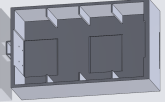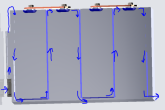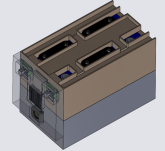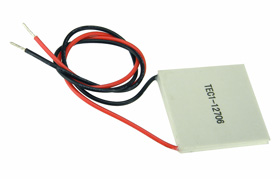Started working on a design for a custom battery box to fit my needs. The goal will be to 3d print the final parts. I will be using it in a mobile application and being it can get very cold where I'm at I plan to have both active cooling and heating of the battery. I don't have my cells yet so i won't be printing anything until all parts are obtained including my BMS. My design isn't locked in stone by any means and I'm sure will change several ways before its actually built.
Currently working on the lower half being that it will be pretty simple compared to the top of the box.
Air will be blown around the sides and at least part of the top or bottom. Fan and Heater will be thermostatically controlled (green boxes)


Currently working on the lower half being that it will be pretty simple compared to the top of the box.
Air will be blown around the sides and at least part of the top or bottom. Fan and Heater will be thermostatically controlled (green boxes)








